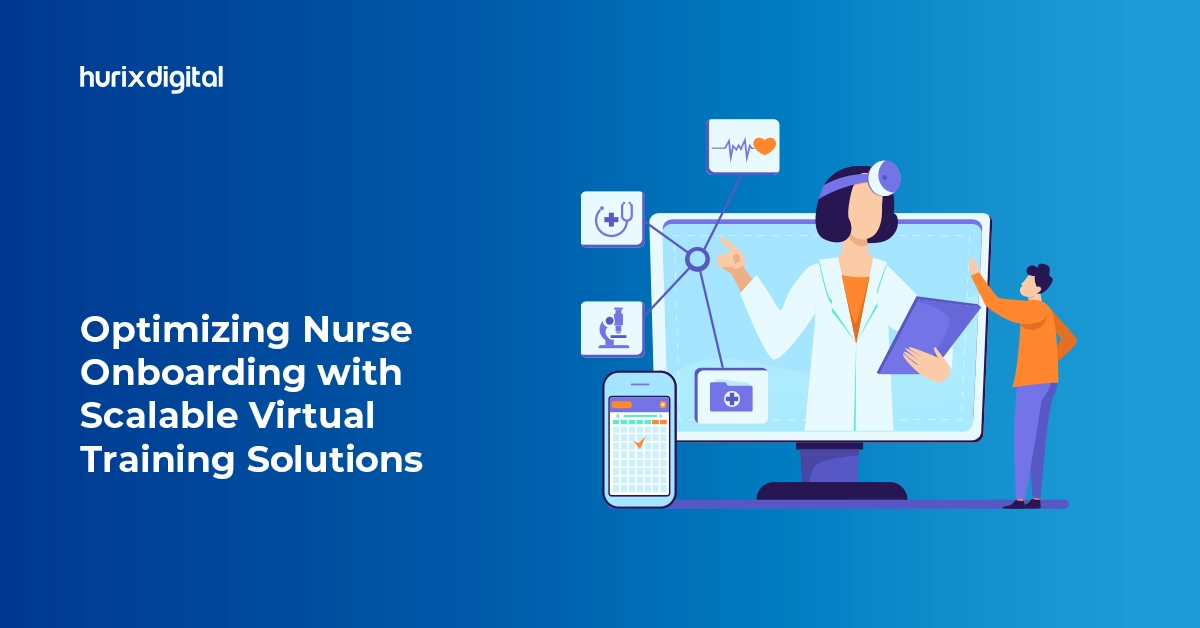
6 Best Ways to Deliver Online Training Program
Summary
Explore six key strategies for successful online training: optimal delivery methods, audience analysis, icebreakers, engaging slides, active participation, and breakout group utilization.
Online training programs provide several significant benefits over conventional classroom-based learning, presenting both learners and training providers with a win-win situation. Online learning exposes learners to a plethora of high-quality information from the best trainers and resources.
However, for trainers or training providers moving from conventional classroom-based training, virtual training might be overwhelming, which is why you need to plan efficiently. Online training is a completely different world, and applying the time-tested techniques of offline training might not work here.
The best online training programs are characterized by three things: a solid course layout, a unified content experience, and ample opportunities to practice the skills hands-on. The following sections discuss the six best ways to rev up your online training programs.
Table of Contents:
6 Powerful Ways to Deliver Online Training Programs
1. Choose the Training Delivery Method Well
Thanks to technology, tons of training delivery methods and techniques have emerged. To deliver effective training, you need to choose the medium well. Here are the top training delivery methods future-ready higher education institutions rely on:
- Mobile Learning – Mobile learning is a relatively new concept that engages learners through handheld or portable electronic devices, such as smartphones, tablets, MP3 players, etc. You can optimize your content to suit the channel you want to use.
- Microlearning/Bite-Sized Modules – Microlearning allows companies and higher education institutions to create small training lessons and send them to learners at frequent intervals. You can send them to the learners directly on their smartphone/laptop or ask them to log in every morning and check the resource.
- Gamification – Educational games are probably the best way to teach learners without boring them. You may develop or use existing resources available on the Internet to gamify learning and offer your learners an immersive experience.
- Blended Learning – Blended learning is a combination of online and offline training. However, for blended learning to be successful, the learners need to be present in the location during the time of training, which might create a logistics nightmare.
- Learning Platforms – Online learning platforms facilitate convenient uploading of training materials and playlist creation. These platforms offer both online and offline access, and you can easily protect your content.
2. Who’s the Audience?
Audience analysis is the foundational block of online training. It helps you understand the demands of your trainees. For example, if you plan to conduct training for a Pharma company, check whether the trainees come from the same level or hold multiple designations. The training methodology and content will be guided by the audience’s nature and level of expertise.
While determining the audience’s nature, consider their demography, educational level, age group, gender, and the company’s product types. Remember, the tips mentioned in the remaining part of this article will only make sense when you have analyzed the audience properly.
3. Do Away with Apprehensions with Icebreakers
If your trainees are attending an online training program for the first time, they will most likely feel apprehensive about the shift from classroom-based training. However, you can make it easy with an icebreaker. Icebreakers are short team-building activities that help kickstart impactful online training.
An icebreaker can often provide the best impact when it has ample human connection. You need to talk to the participants as much as you can and encourage others to speak as well.
You may begin a corporate trivia quiz to check their existing knowledge of the corporate processes you will be talking about. Alternatively, movies or music can also serve as excellent mediums for icebreakers.
A well-thought-out icebreaker can help everybody stay on the same track and settle everyone’s nerves.
4. Let Your Slides Do More Than You Possibly Could
PowerPoint slides are an integral part of any online training program. They make communication easy with their interactive content. Moreover, these slides are collaborative, meaning multiple people can work on the slides together. However, when it comes to designing PowerPoint slides for an online training program, brevity is the top parameter. Do not load your slides with too much content. Keep it crisp and focused on the topic.
A wise way to design a slide is by mentioning the main takeaway in the header section. Use more bullet points than paragraphs. Adding memes or animation can also hook the viewers’ attention by driving the monotony away. And once you are satisfied with the audience’s reactions, give them some multiple choice questions or fill in the blanks exercises to evaluate their understanding.
Also Read: How to Keep Employees Engaged with Interactive Training Tools
5. Put Your Trainees in the Driver’s Seat
If you want to deliver an impactful online training program, make it learner-led and not trainer-led. To begin with, you should maintain a calm, composed, and informative tone to set the ball rolling. Encourage your trainees to ask questions, collaborate, and solve problems as a team.
Ensure that you turn on your webcam while delivering the training program and encourage learners to do the same. The more everyone sees others, the more they feel connected to one another. However, request them to switch on their webcams subtly since many of them might not want to turn on their webcams. If anybody faces network issues, you may call them over the telephone and ask them to switch to a different network. This ensures all trainees understand that you care for them, and creates the right impression.
6. Breakout Groups are Valuable
Breakout groups refer to small teams consisting of learners from a large group. The trainer gives these breakout groups some ideas they need to discuss and present in front of the audience. These capsule-sized activities enable organic participation of trainees and aids understanding.
The members of each group can interact among themselves over a telephone call or through a meeting app. Once they finish the discussion, ask them to rejoin the main session and share their observations. Keep each breakout group size at or below five to make the conversations more serious and less time-consuming.
The Endnote
Now that you know the six best ways to deliver your online training program more efficiently, utilize these tips to create a fantastic training program that people will remember for a long time. Consider choosing the best training content solutions provider to make the training program interactive and immersive.
Get in touch with us today!






